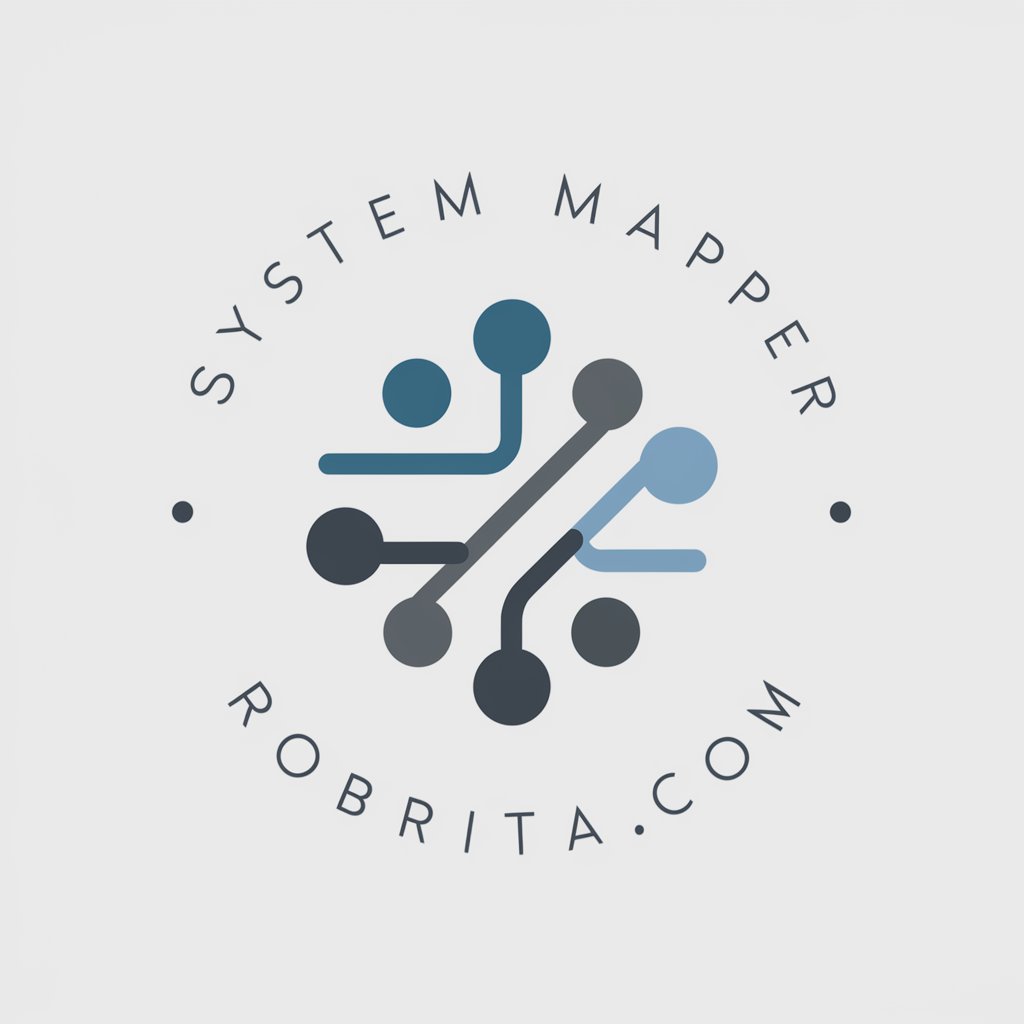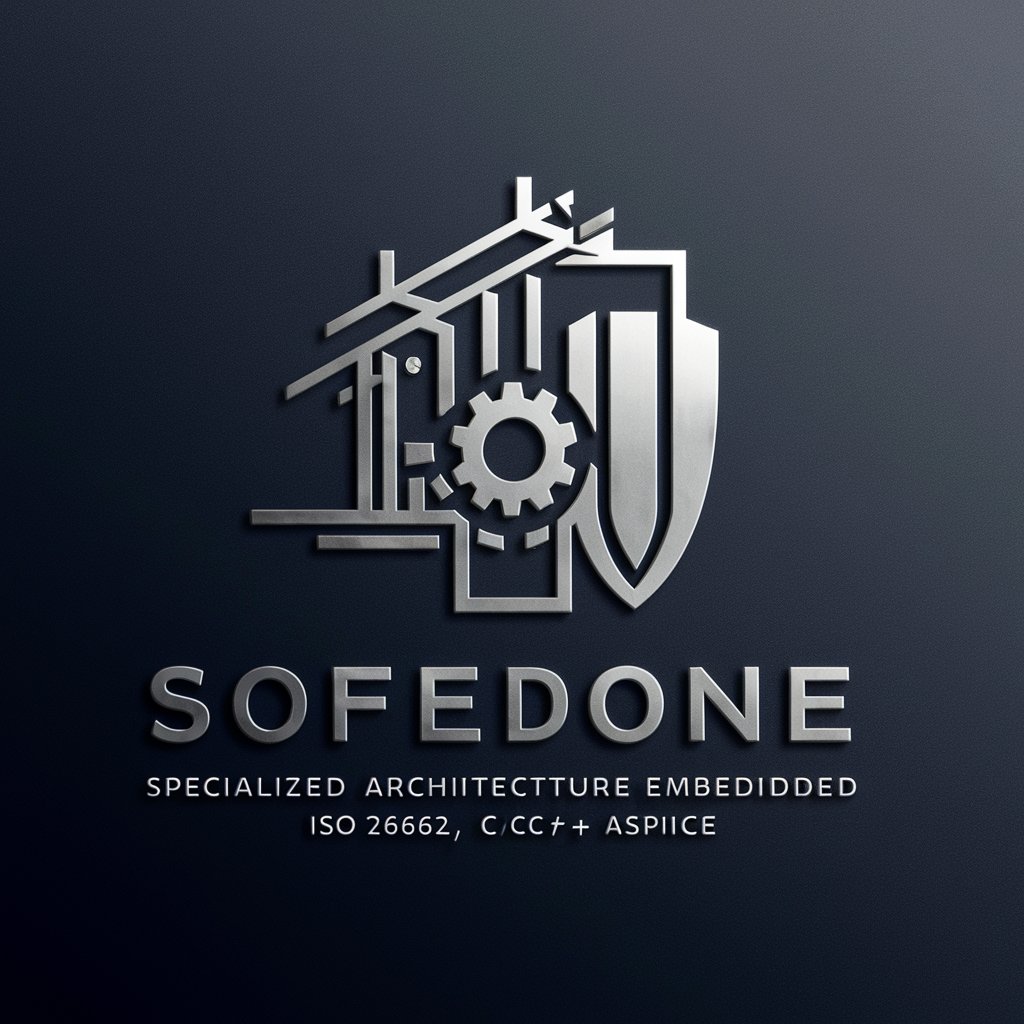System Deisgn - intuitive system design tool

Welcome! How can I assist you with your system design questions today?
Architect Your Success with AI
Explain the trade-offs between consistency and availability in distributed systems.
What are the key considerations when designing a microservices architecture?
How does multi-version concurrency control (MVCC) enhance database performance?
Describe the process and benefits of implementing a distributed cache.
Get Embed Code
Introduction to System Design
System Design refers to the process of defining the architecture, components, modules, interfaces, and data for a system to satisfy specified requirements. It aims to ensure that systems are built efficiently, reliably, and can scale to meet the demands of users. A well-designed system addresses both the hardware and software aspects of the system. For example, designing a distributed database system involves decisions about data partitioning, replication strategies, and consistency models to ensure high availability, durability, and performance under different loads. Another scenario could be the design of a social media platform, where considerations include handling high volumes of data, ensuring fast content delivery, and providing real-time updates. Powered by ChatGPT-4o。

Main Functions of System Design
Scalability
Example
Designing a video streaming service like Netflix
Scenario
Implementing a CDN to distribute content globally, ensuring low latency and high throughput for users irrespective of their location.
Reliability
Example
Building an online banking system
Scenario
Ensuring that the system remains operational 24/7, with mechanisms like failover strategies, data replication, and consistent backups to handle failures.
Consistency
Example
Developing an e-commerce platform
Scenario
Using distributed databases with strong consistency models to ensure that all users see the same product information and inventory counts in real time.
Maintainability
Example
Creating a microservices architecture for a large enterprise
Scenario
Designing services to be loosely coupled and independently deployable, which simplifies updates and maintenance.
Security
Example
Designing a secure messaging application
Scenario
Implementing end-to-end encryption to ensure that messages can only be read by the sender and the recipient.
Ideal Users of System Design Services
Software Engineers and Architects
Professionals who design and implement software systems. They benefit from understanding system design to build scalable, reliable, and efficient systems.
Product Managers
Individuals responsible for defining the why, when, and what of the product that the engineering team builds. They use system design principles to understand technical constraints and possibilities.
Technology Leaders
CTOs, VPs of Engineering, and other technology leaders who oversee the development and operation of technology within an organization. System design helps them make informed decisions about technology strategy and investments.
Students and Educators
Students learning about computer science and software engineering, and educators teaching these subjects. Understanding system design is crucial for grasping how real-world applications are built and operated.
Startup Founders
Founders of tech startups need a solid understanding of system design to make strategic decisions about their product architecture, especially when scaling from a small user base to millions.

Guidelines for Using System Design
Initiate
Start by visiting yeschat.ai for a complimentary trial, no signup or ChatGPT Plus required.
Explore
Familiarize yourself with the interface and available tools; check the documentation for insights on functionalities.
Identify
Determine your specific system design needs or challenges you wish to address.
Apply
Utilize the tool's features to model, analyze, and refine your system designs based on the project's requirements.
Review
Evaluate the outcomes, gather feedback, and iterate on your design for optimal solutions.
Try other advanced and practical GPTs
System Mapper
Mapping Complexity Made Simple

Logic system
Empowering Reasoning with AI

ChatUU Translate
AI-powered, culturally aware translations

SRT Translate
AI-Powered SRT Translation for Professionals

Medi Translate
Simplifying medical communication with AI

Translate
Seamless translations powered by AI

System Architect Pro
Crafting the future of embedded systems with AI

Car Advisor
Your AI-Powered Car Selection Assistant

Car tax
Empowering Creativity with AI

Smart Car
Your Car's Conversational Companion

Cheap car
Empowering your words with AI

Car Identifier
Identify any car, powered by AI

Frequently Asked Questions about System Design
What is System Design?
System Design refers to the process of defining the architecture, components, modules, interfaces, and data for a system to satisfy specified requirements.
How can System Design help in software development?
It helps by providing a clear blueprint for the system's architecture, facilitating better communication among team members, and ensuring scalability, reliability, and performance from the outset.
Can System Design be used for non-software projects?
Yes, while it's primarily used in software development, the principles of system design can be applied to any project requiring structured organization and clear planning.
Are there any prerequisites to using System Design?
A basic understanding of software architecture, engineering principles, and the specific problem domain is beneficial to effectively use System Design.
What are common pitfalls in System Design?
Common pitfalls include underestimating the complexity of the system, neglecting non-functional requirements, and failing to consider scalability and maintenance from the beginning.
